Affiliate links on Android Authority may earn us a commission. Learn more.
What is iOS and how does it compare to Android?
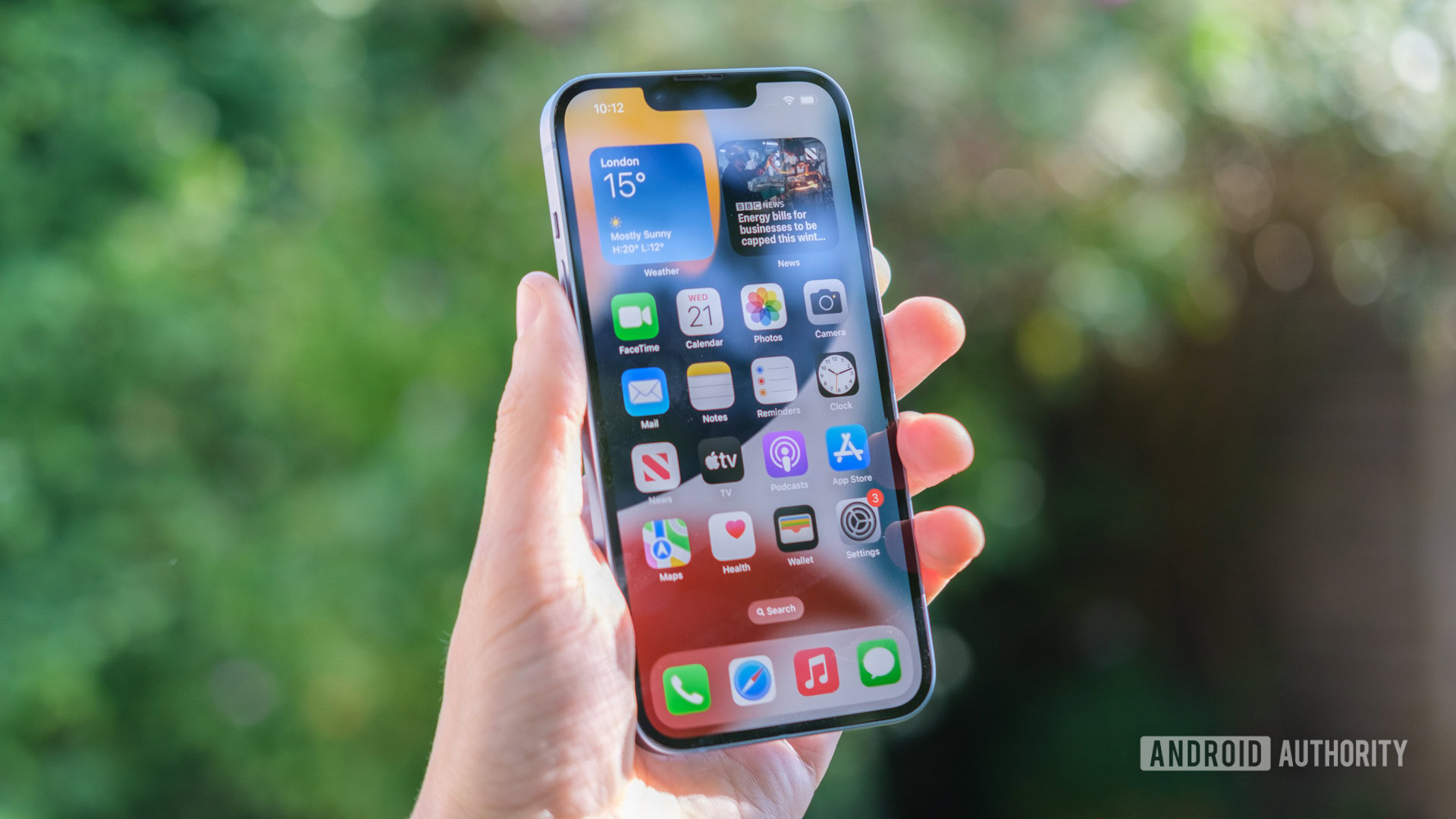
There are two major players in the smartphone world: Android and iOS. Chances are, if you don’t have an Android phone, you have an iPhone running iOS. How do these two platforms differ, and what is iOS, anyway?
Here’s what you need to know about iOS and how it compares to iOS.
What is iOS?
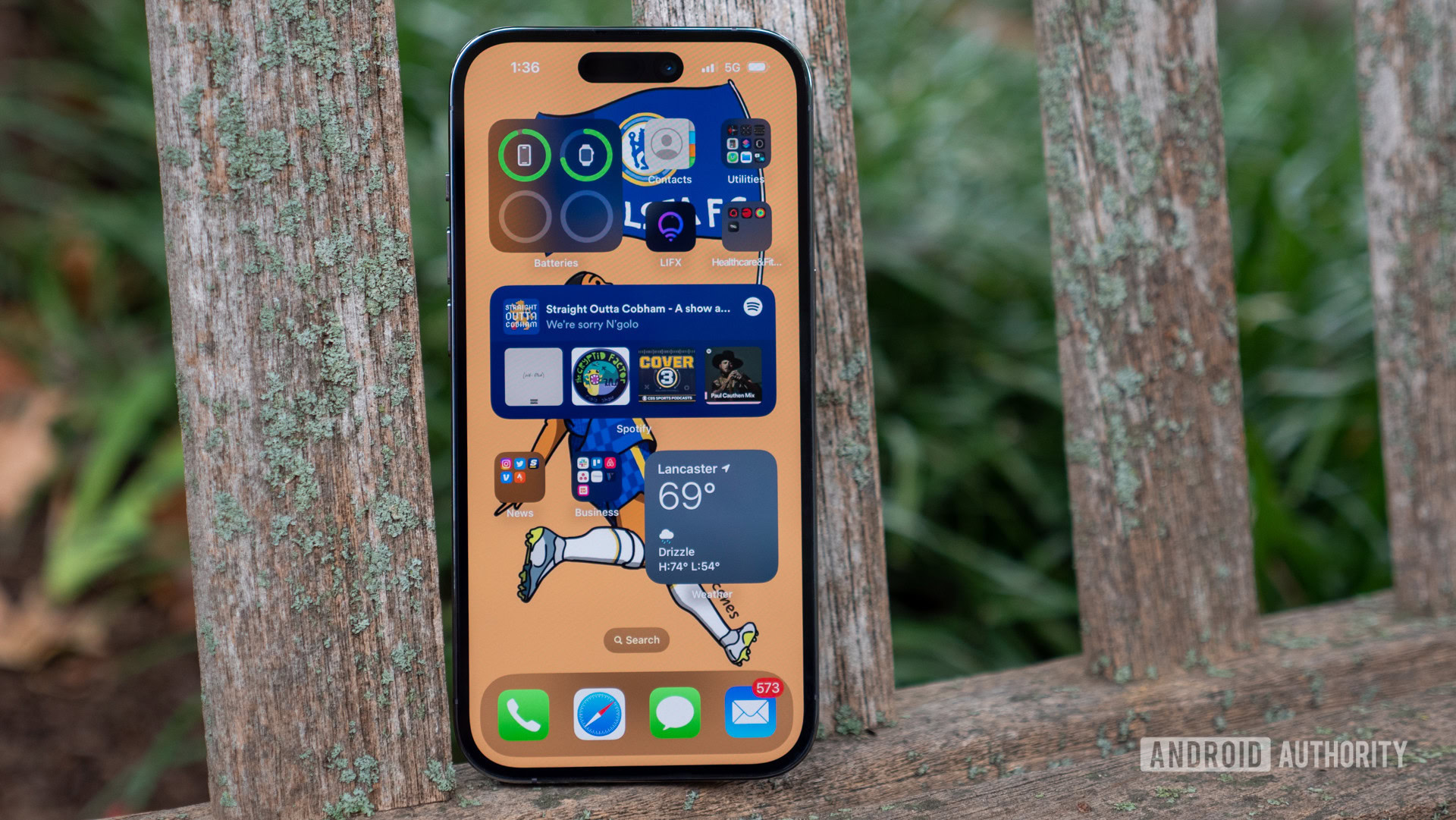
iOS is the operating system that powers the iPhone (and, until 2019, the iPad, plus the iPod Touch until its discontinuation in 2022). Android is also an operating system, for reference. It debuted along with the first iPhone back in 2007.
But despite arriving on the scene first, iOS is currently the second-most popular mobile operating system, behind Android. iOS comes in at around 29.49% of the market, while Android occupies 69.74%, according to GlobalStats’ Statcounter.
Basically, iOS is what allows an iPhone to work.
At first, Apple did not allow third-party developers to make apps for iOS, but with the introduction of the App Store in 2008, that changed. The App Store now has around 2.18 million apps available. iPhone users must use the App Store to install applications unless they jailbreak their iOS device.
That’s a basic overview of iOS, but if you’re not entirely sure about the details, we’ll cover those shortly.
What is an operating system?

Alright, so iOS is an operating system for mobile phones, but what even is an “operating system”?
An operating system is a software that integrates a device’s hardware with other software programs. Basically, it allows all of the pieces and parts of a device to work together so that other apps can use the hardware, too.
You can think of the operating system as a conductor coordinating an orchestra’s members. The conductor tells the players to work together, what they’re playing, and helps keep everything moving smoothly. Without the conductor, the orchestra would be a bunch of musicians in a room playing out of sync. Similarly, without an OS, your phone would be a bunch of silicon chips jumbled together.
iOS features
iOS has a few notable features that make it stand out. Because it’s been around for so long, some features have come and gone while others have stuck around. With that said, here’s what you’ll find in general.
Touch interface
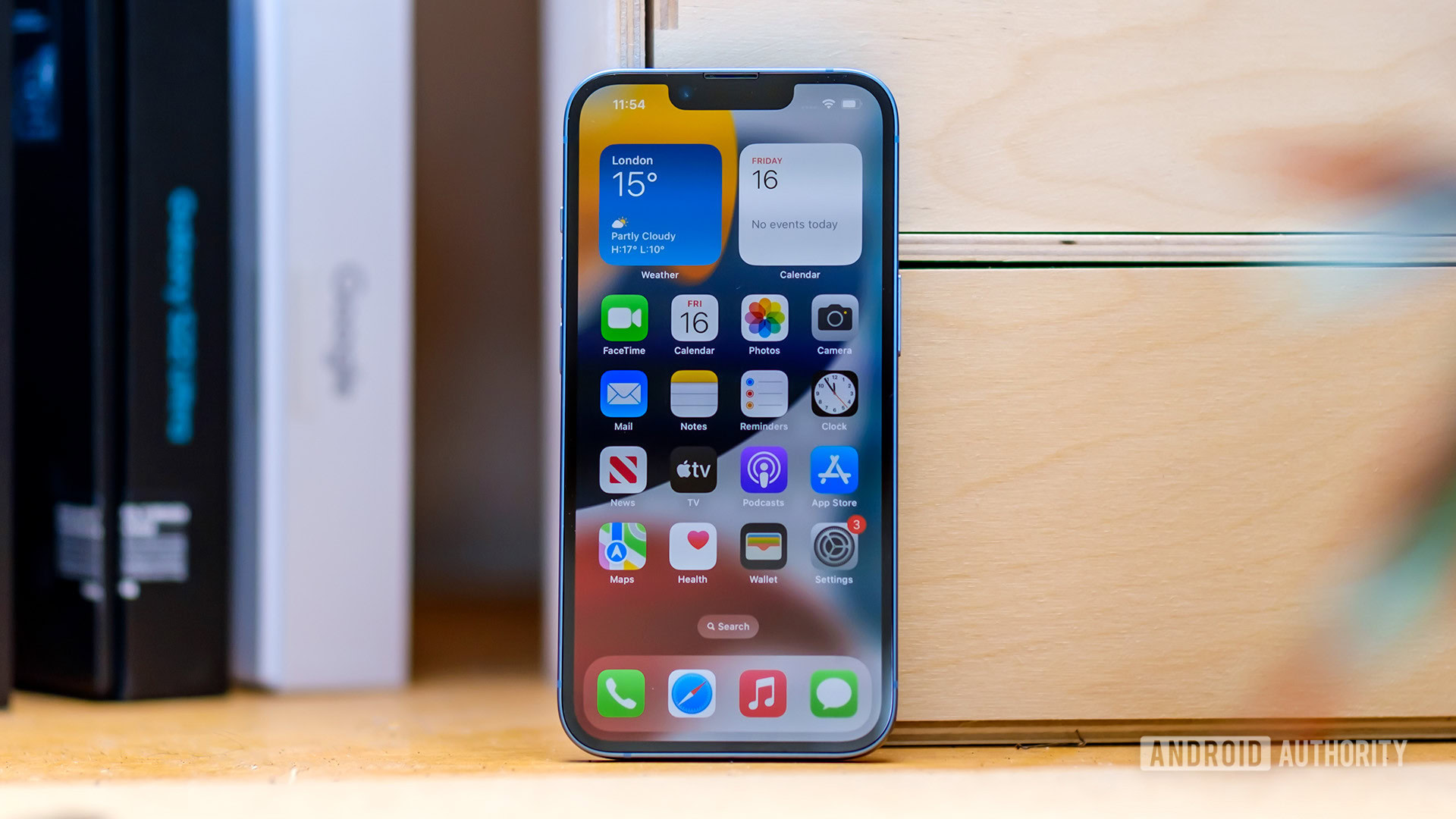
The iOS interface is designed for touchscreens, and as a result, the entire interface is built with that in mind. Apple intends for you to interact with applications and the operating system using taps, pinches, swipes, and other gestures.
When you first turn on an iPhone and unlock it, you’ll notice that you end up on the home screen. From here, you can tap on apps to open them or look at widgets that show you the weather, news, emails, and other information.
The touchscreen is central to the iOS user experience.
At the top of the screen is the status bar, which has changed shape many times throughout iOS’s life. Its most recent iteration is the Dynamic Island on the iPhone 14 Pro. The status bar shows you your iPhone’s battery life, notifications, and other information at a glance. Furthermore, as part of the touch-focused user experience, tapping and holding certain apps and icons brings up context menus to access different functions.
System management also happens via taps. Swiping left and right on the home screen brings you to different parts of the operating system while swiping up in the app switcher closes an application.
Various apps can use the touch interface in many ways. For example, tapping in the YouTube app starts and stops playback. In other apps, pinching and opening your fingers can zoom in or out. In fact, the options are nearly endless as to what taps, swipes, and pinches can do in an app, especially in games.
Multitasking
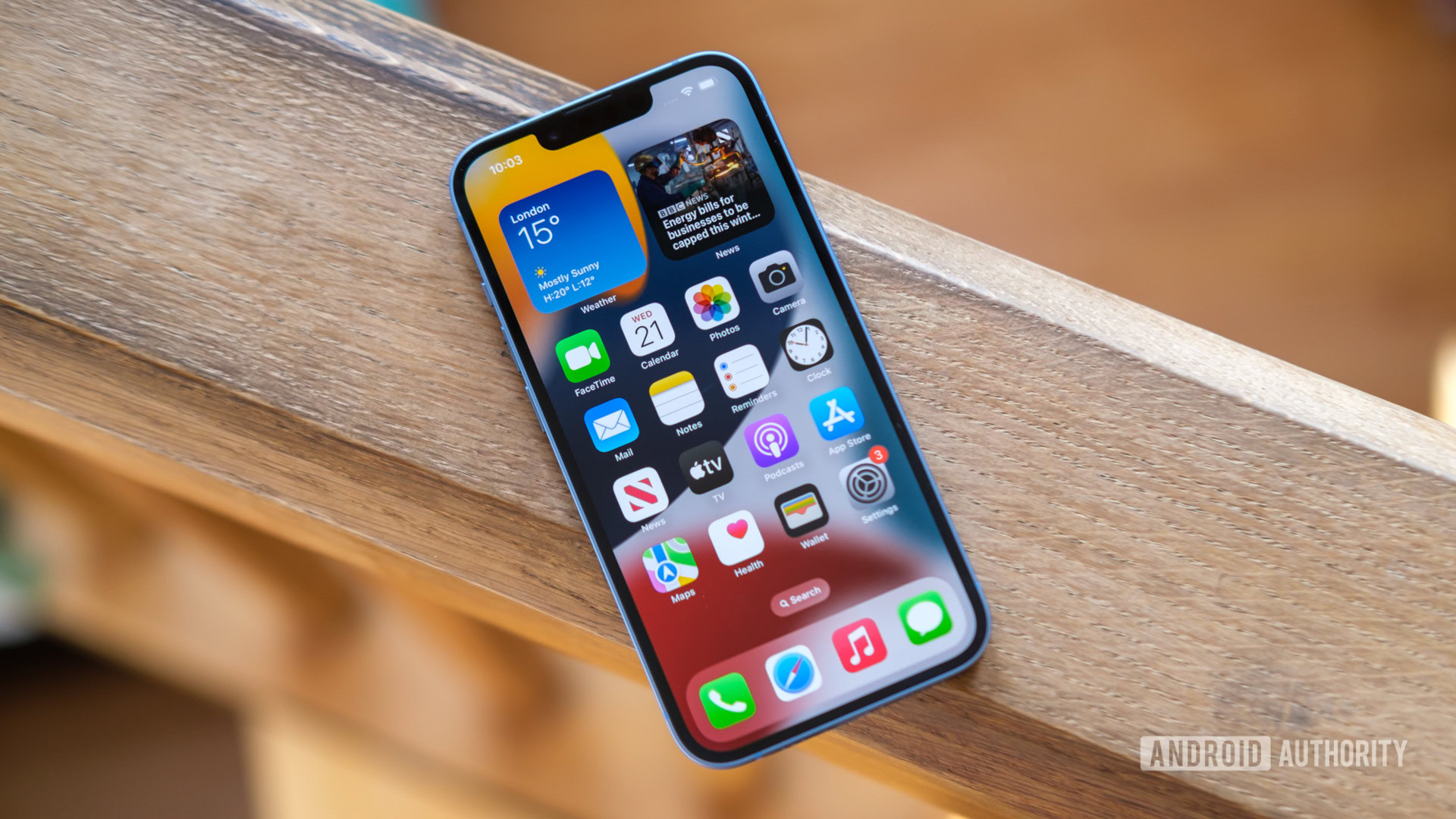
Being able to run multiple apps and switch between them at will might seem obvious, but iOS couldn’t always do this at first. iOS 4 was the first version that could genuinely multitask.
During multitasking, apps that aren’t in active use become background apps and may have limited access to some features and resources. Meanwhile, the app you’re directly using gets full access to everything. That way, more apps can run at once without treading on each other’s toes.
iOS also now allows apps to update themselves in the background. This is useful for keeping everything up to date and helps improve security. Certain apps may even request that the operating system give them up to 10 extra minutes after you close them to finish their remaining tasks.
Siri
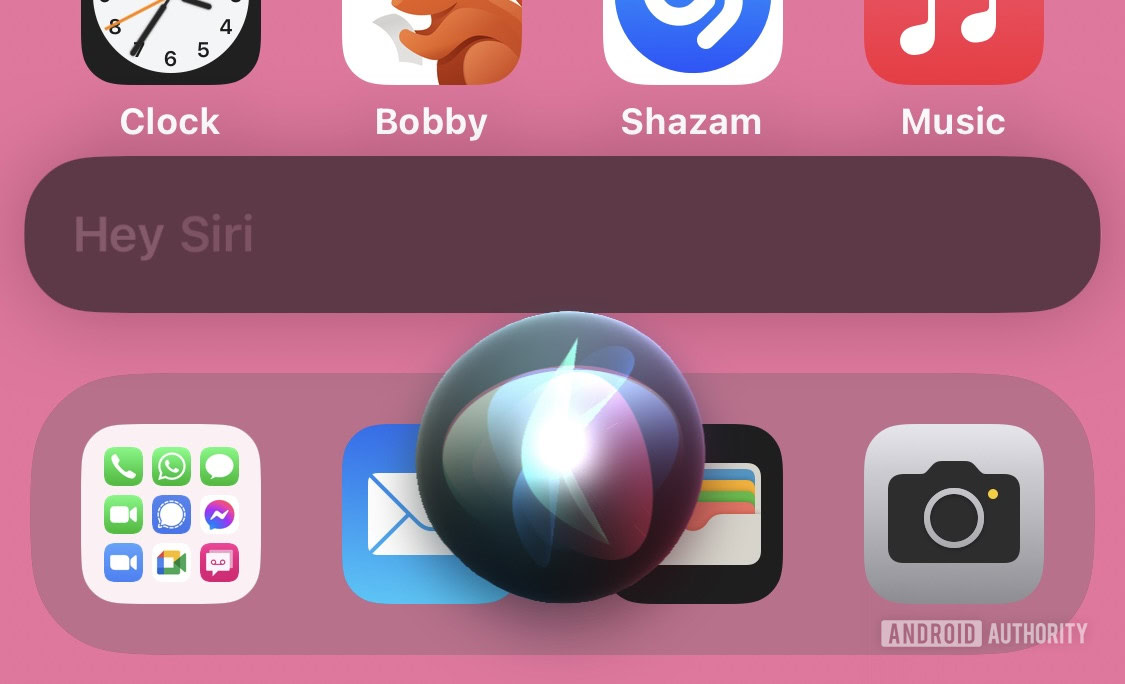
These days, Siri is almost synonymous with Apple and the iPhone. Apple actually bought Siri from the makers who first released it as an app on the App Store in 2010. Siri allows you to use your voice — like Alexa and Google Assistant also do — to perform certain functions, interact with some apps, and control Apple’s smart home products.
Siri comes built-in with iOS, and along with taps, it functions as a primary way you can interact with the operating system. You can use Siri to set reminders, modify settings, interact with supported apps and headphones, and much more.
Focus
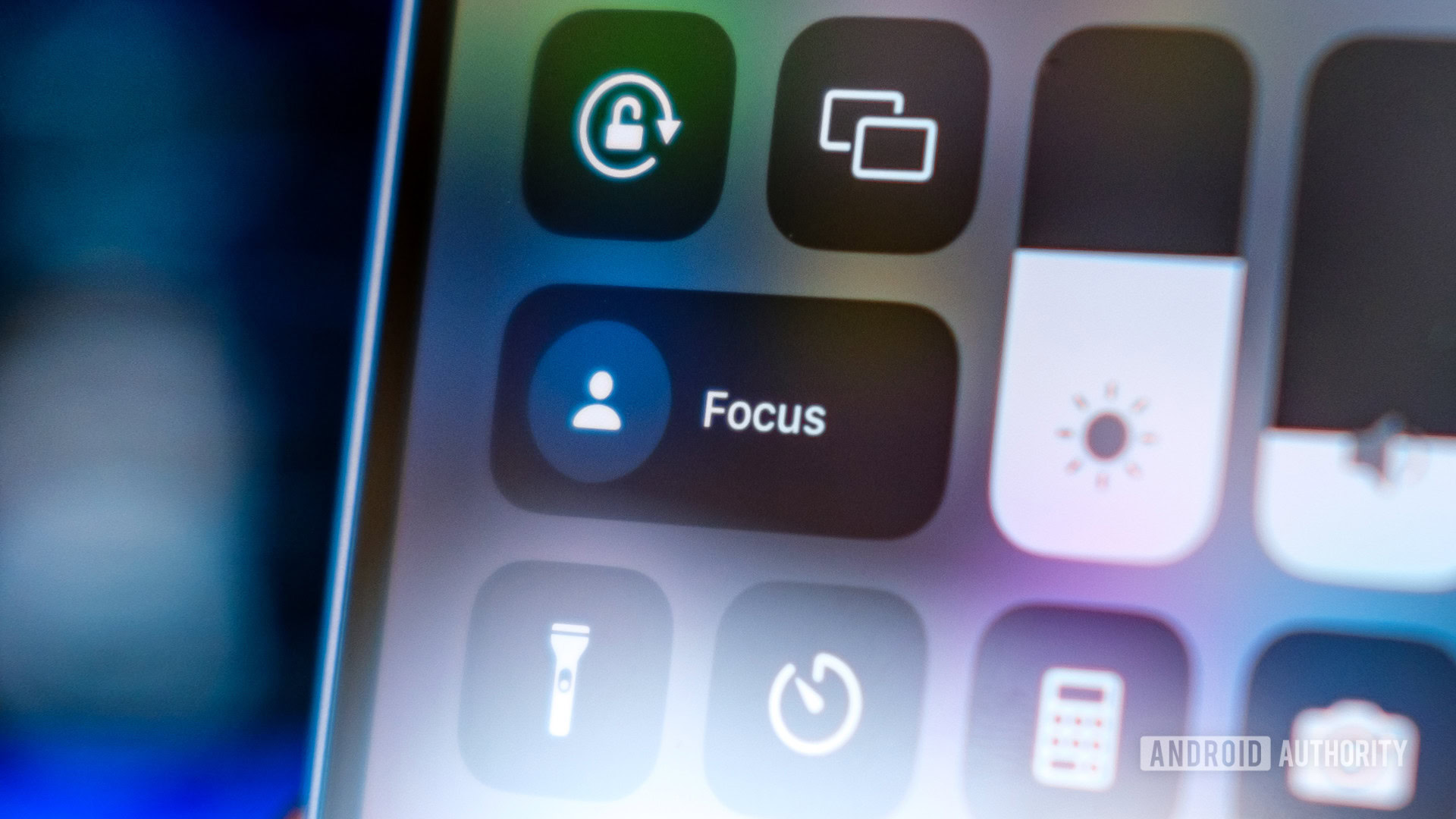
Focus came along with iOS 15, but iOS 16 really made it stand out, and it lets you create different profiles for different tasks or scenarios. For example, you can make work, exercise, entertainment, and more types of profiles.
Each profile lets you customize what apps may show notifications, which apps show up when you first unlock your iPhone, and many other options. This feature can also be context-aware, meaning if your phone detects you’re at the gym or the office, your iPhone will automatically switch to the proper profile.
Apps
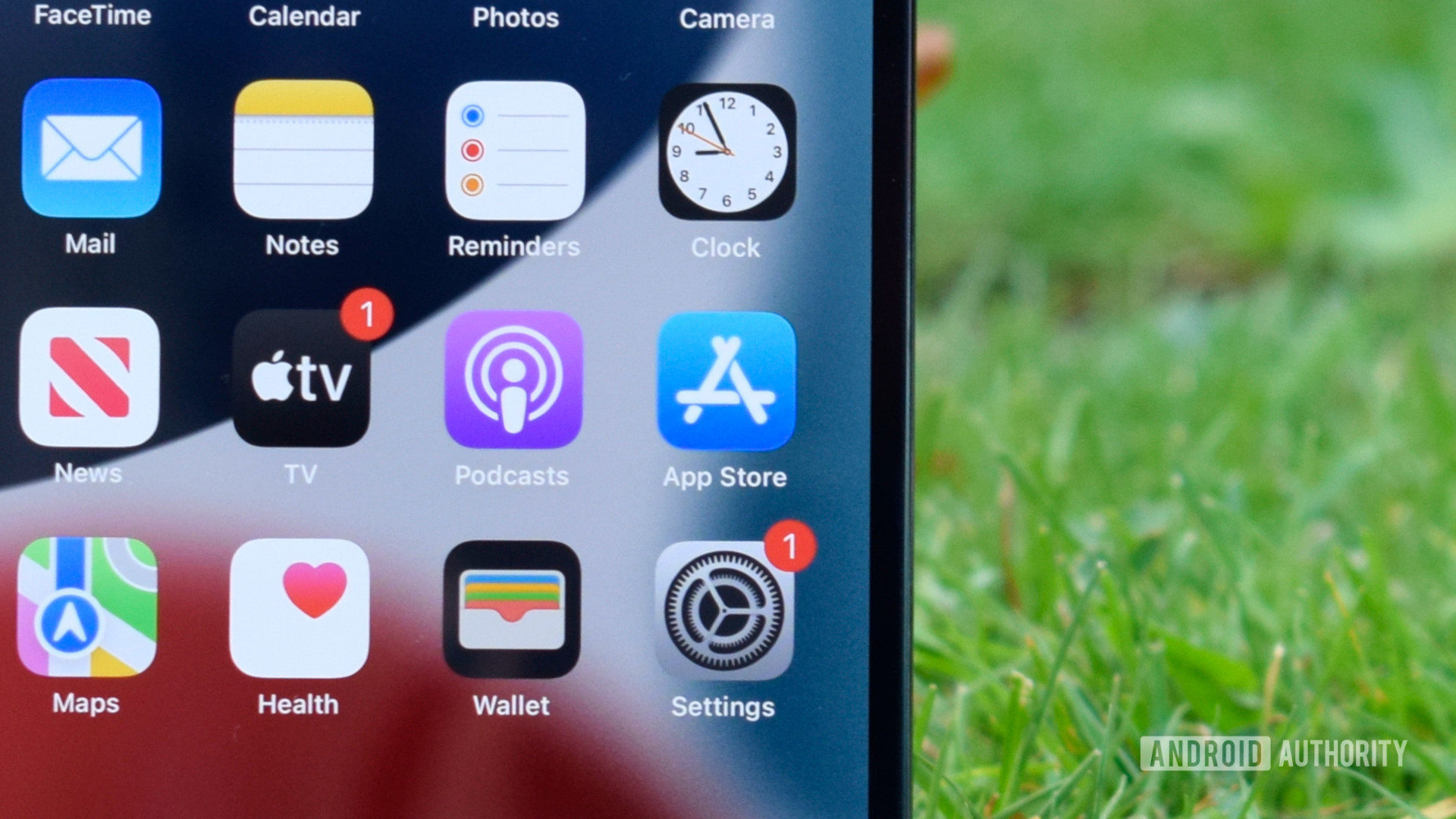
Many of iOS’s features are best experienced via apps. The App Store currently contains millions of apps, and you can likely find a few that fit your lifestyle. Apps on iPhone must come from the App Store unless you jailbreak your iPhone. This is not only part of Apple’s walled-garden approach but also a security measure. Developers must follow Apple’s guidelines for their app to remain in the App Store. If they don’t, Apple removes the app.
iOS vs. Android
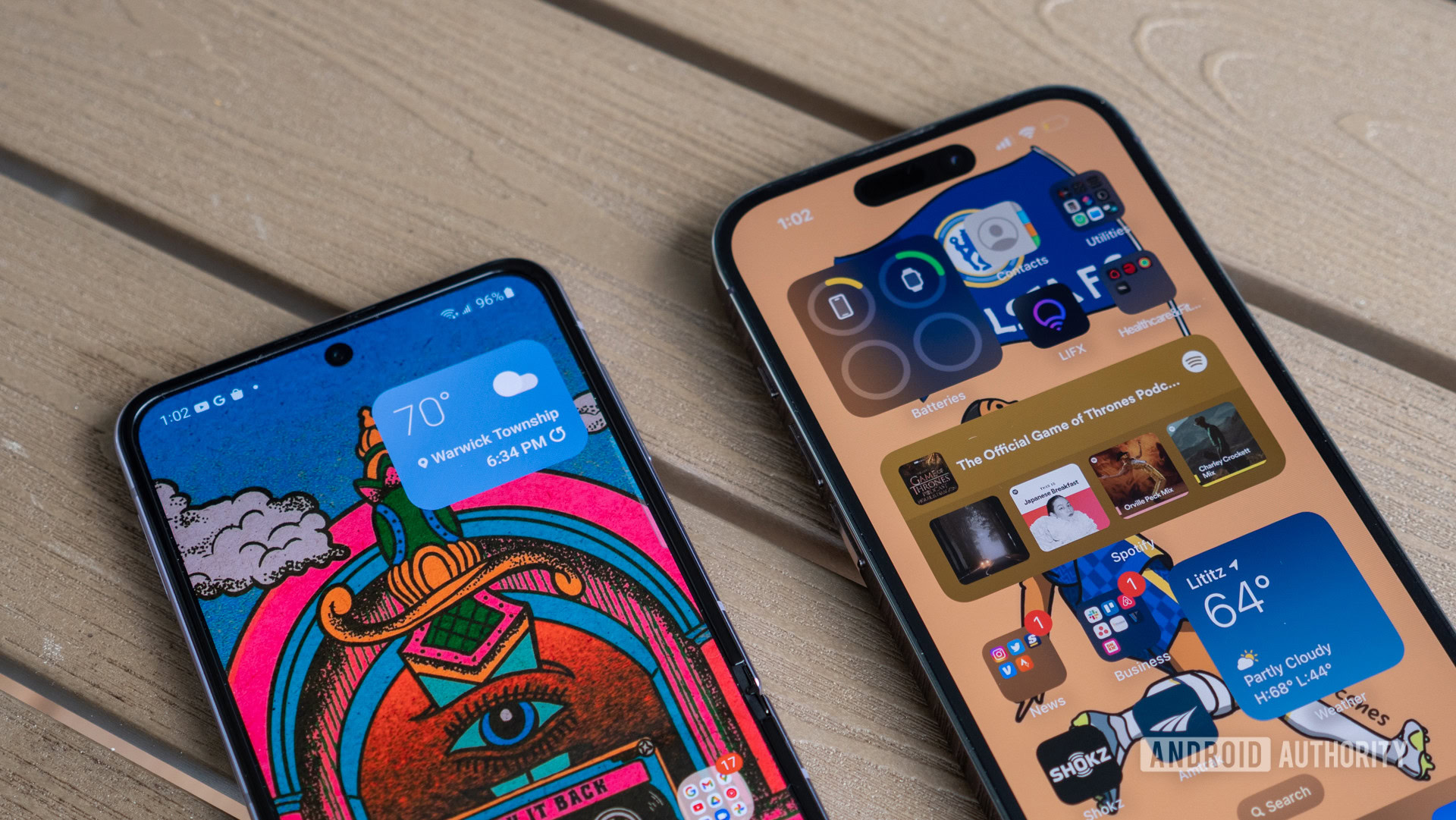
Inevitably when two significant players occupy a market, they get put head to head (and people fight about who’s the winner). We’ve compared iOS to Android before and even highlighted several things that Android does better than iOS. But we’ll go over some of the basics you should know if you’re trying to decide between an iPhone or an Android phone.
Development model
It’s no secret Apple wants you to use primarily other Apple products. As part of that strategy, iOS is mostly a top-down, walled-garden operating system. That means Apple is the one who develops it, releases it, and makes the hardware that runs it. That means iOS is fine-tuned to run on iPhones. This approach allows for seamless performance and an “it just works” level of ease.
On the other hand, Android is open-source software with Google at the helm (and in charge of official Google branding). By default, Google adds its own closed-source, proprietary services to Android, but it is much more hands-off after that. This allows other manufacturers, such as Samsung, OnePlus, and Nothing, to release their own spins on Android. As a result, you get plenty of options that all work slightly differently. On the other hand, it can be tricky to get updates, and some manufacturers (looking at you, Samsung) have built their own Android-based walled gardens.
Both the iOS and Android development models have pluses and minuses.
Which approach is better? Well, it depends on what you want. If you demand tinkering and customizability, Android is likely a better bet. But if you want a phone that just works out of the box and keeps working seamlessly even after installing other apps, then iOS on iPhone is the way to go. At the end of the day, both platforms are quite capable operating systems technically, so this question often boils down to personal preference.
Security
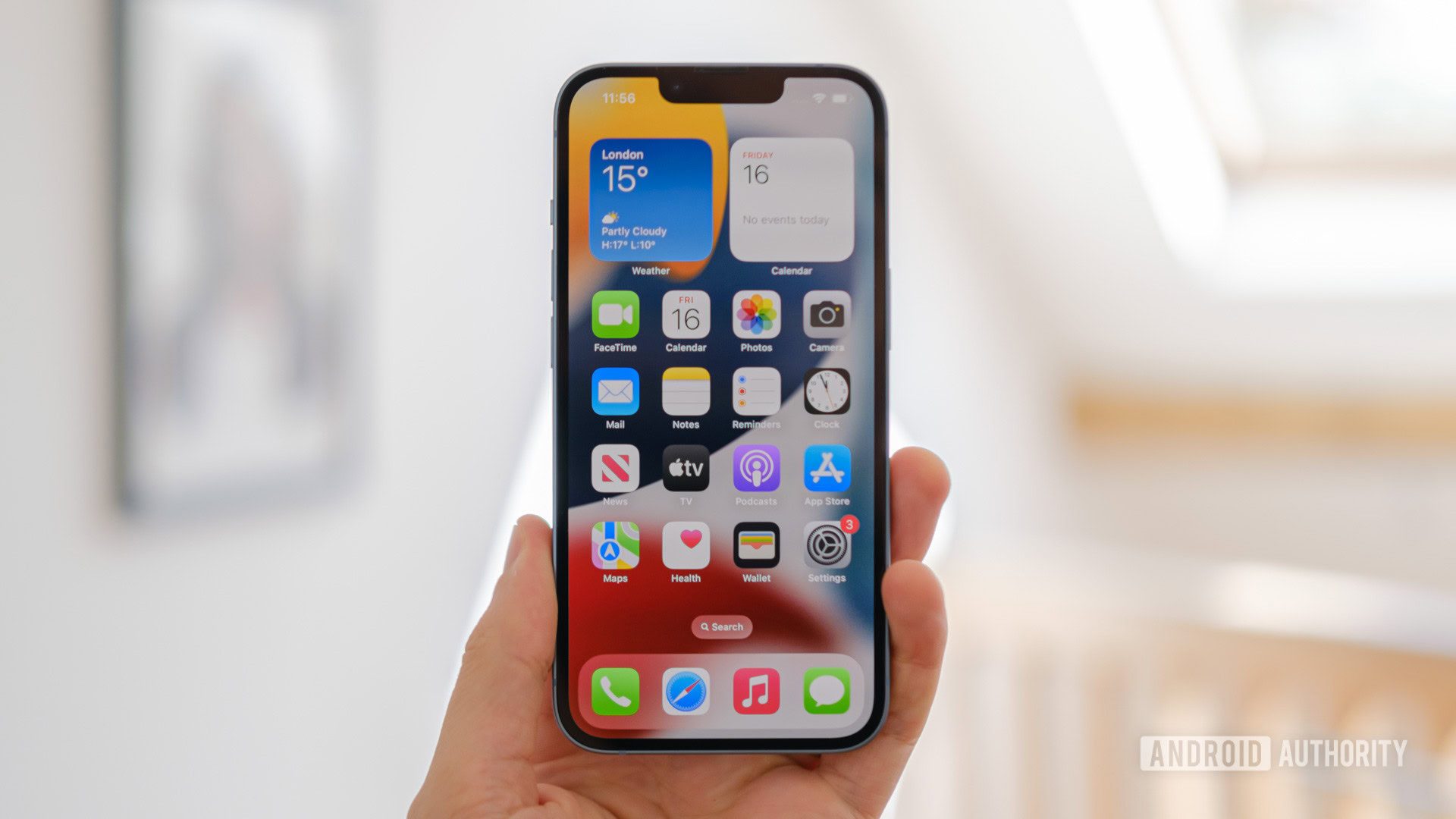
Apple’s walled-garden approach means app developers must meet specific guidelines for their apps to end up in the App Store. You must jailbreak the device if you want to use third-party apps on an iPhone. In contrast, the Google Play store also has guidelines, but it is much larger, and it’s easier to install third-party apps on some Android phones. Furthermore, manufacturers can include their own apps with whatever tailored version of Android they release for their devices.
Furthermore, updates to iOS only come from Apple, while Android’s update process is complicated. Google may drop a new Android release, but it could take a while for it to end up on end-user devices, and some manufacturers that extensively customize Android may have to take time to adapt new releases to their platform. As a result, there are more opportunities for bad actors and security holes to show up on Android. Both platforms can get malware, but Apple’s iOS approach is slightly more secure.
Features
This question is harder to answer. Both Apple and Google are well aware of the features the other has, and they poach many features from each other all the time. Rather than spend time mired in minutia, we’ll say that both operating systems let you do most things pretty well.
We will note that Google has a habit of announcing exciting things, developing them for a while, and then dropping them. It’s not as if Apple doesn’t drop support for features over time either, but recent examples like Stadia might give some people pause.
Still, the basics are all there on either operating system: mapping software, messaging (although that’s yet another battle between RCS and iMessage), media, photography, and more.
Apps
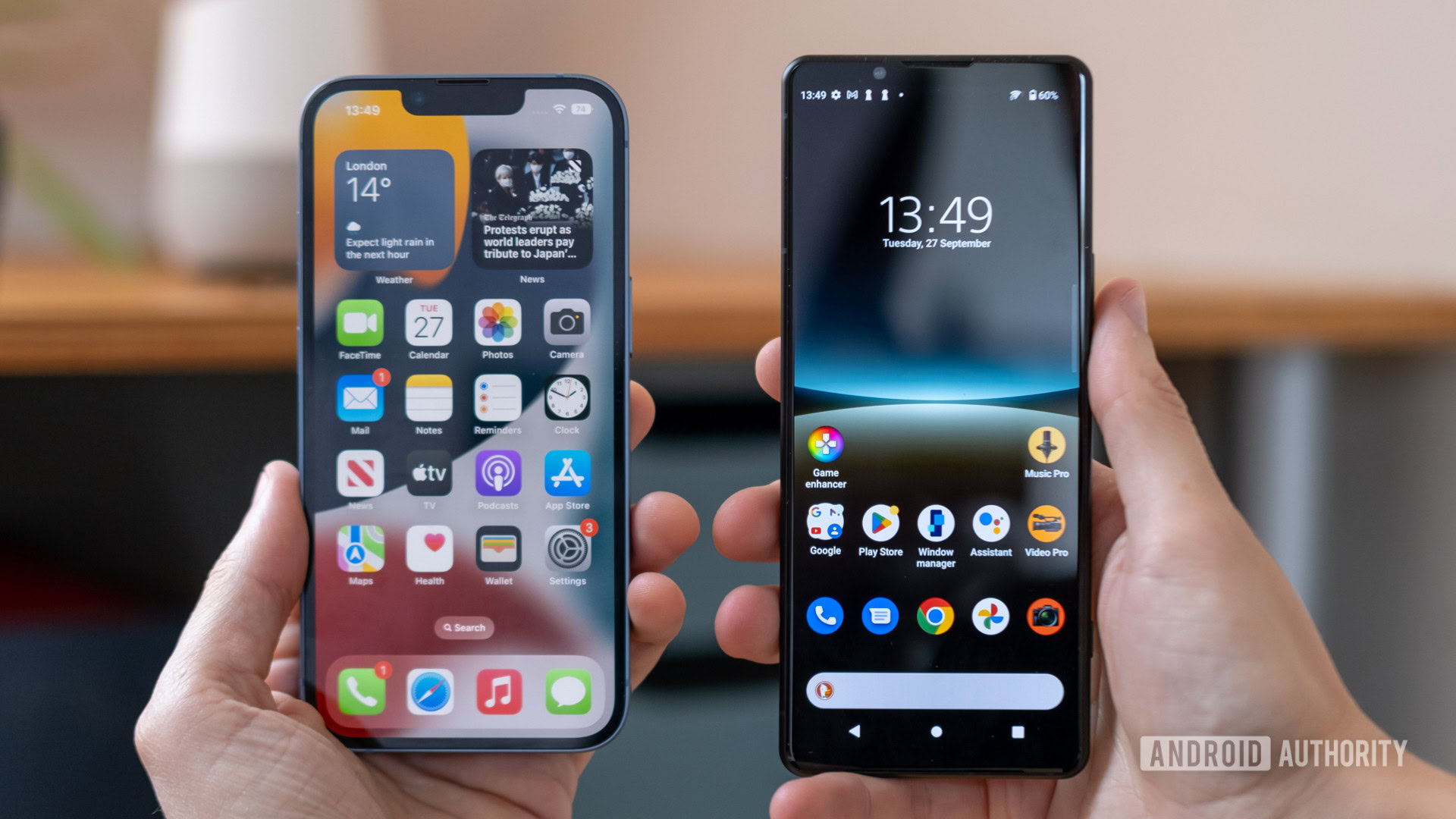
Regarding raw numbers, Android has far more apps available than iOS. The Google Play Store has around 2.65 million apps (Statista), while the Apple App Store has approximately two million (Apple). There are some apps that are Android exclusives and others that are only for iOS, but in general, you can find comparable apps for both platforms. You’ll probably be fine on either platform if apps are your primary concern as a consumer.
But if you are a developer, the Apple App Store might be less friendly to you than the Google Play Store. As a result, some apps might be more expensive on iPhones than on Android devices for consumers.
Frequently asked questions about iOS
The “OS” in iOS stands for “operating system,” but the “i” is a bit murkier. These days Apple claims it means “iPhone Operating System.”
But that’s a recursive acronym. What is the “i” really for? A lowercase “i” has been part of Apple’s branding since the iMac in 1998. Back then, it stood for “internet,” according to Ken Segall. The internet was quite exciting back in the late 1990s, so that makes sense. But is that still what it means?
Not exactly. Since then, the “i” has come to mean anything from “innovation” to “individuality” and more. But really, it’s probably best to describe it as a brand — an iconic Apple naming scheme.
The latest public version is iOS 16.
An iOS device is technically any device that officially supports iOS. These days, that’s the iPhone. iOS also used to run on the iPod Touch until its discontinuation in 2022 and the iPad until the introduction of iPadOS in 2019.
This is a question that is difficult to answer as it is very subjective. Both have their pros and cons, as we mention in this article. Android offers more hardware choices and customization, while iOS offers better security and reliability.